
Truro is a cathedral city and civil parish in Cornwall, England, United Kingdom. It is Cornwall's county town, sole city and a centre for administration, leisure and retail trading. Its population was 18,766 in the 2011 census. People of Truro can be called Truronians. It grew as a trade centre through its port and as a stannary town for tin mining. It became mainland Britain's southernmost city in 1876, with the founding of the Diocese of Truro. It is home to Cornwall Council, the Royal Cornwall Museum, Truro Cathedral, the Hall for Cornwall and Cornwall's Courts of Justice.

Mungo Park was a Scottish explorer of West Africa. After an exploration of the upper Niger River around 1796, he wrote a popular and influential travel book titled Travels in the Interior Districts of Africa in which he theorized the Niger and Congo merged to become the same river, though it was later proven that they are different rivers. He was killed during a second expedition, having successfully travelled about two-thirds of the way down the Niger.
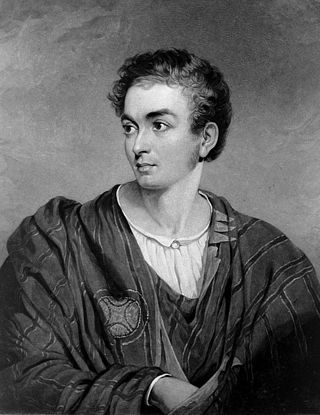
Richard Lemon Lander was a British explorer of western Africa. He and his brother John were the first Europeans to follow the course of the River Niger, and discover that it led to the Atlantic.
Macgregor Laird was a Scottish merchant pioneer of British trade on the River Niger. Laird's commercial expedition between 1832 and 1834 to navigate the Niger and initiate trade between Europeans and Africans northwards of the coast was considered a failure: the majority of the passengers died and the volume of trade realized was minimal. However, his experience provided information about the design of vessels suitable on the Niger and the various settlements in the interior of the Niger Delta.

The Royal Niger Company was a mercantile company chartered by the British government in the nineteenth century. It was formed in 1879 as the United African Company and renamed to National African Company in 1881 and to Royal Niger Company in 1886. In 1929, the company became part of the United Africa Company, which came under the control of Unilever during the 1930s and continued to exist as a subsidiary of Unilever until 1987, when it was absorbed into the parent company.

Lieutenant Boyd Alexander was an English officer in the British Army, as well as an explorer and ornithologist.

Rear-Admiral William Allen FRS was an English naval officer and explorer.
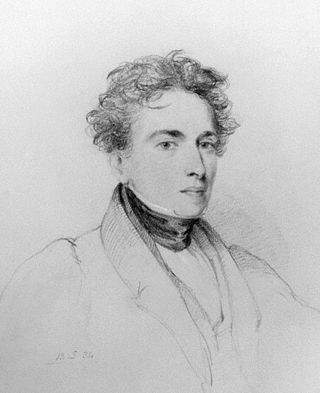
John Lander FRGS was the younger brother of English explorer Richard Lemon Lander and accompanied him on his second expedition to western Africa.

Dixon Denham was an English soldier, explorer of West Central Africa, and ultimately Governor of Sierra Leone.

Bain Hugh Clapperton was a Scottish naval officer and explorer of West and Central Africa.
John Beecroft was an explorer, governor of Fernando Po and British Consul of the Bight of Benin and Biafra.
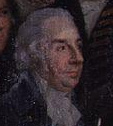
John Pollexfen Bastard was a British Tory politician, landowner and colonel of the East Devon Militia who was born and lived at Kitley House, Yealmpton, Devon.

Nevil or Neville Northey Burnard was a 19th-century English sculptor best known for his portrait figures.
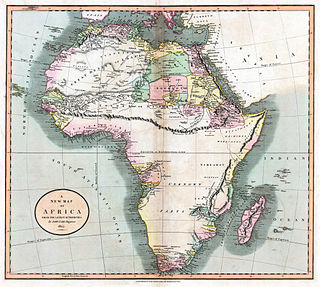
The Mountains of Kong are a legendary mountain range charted on maps of Africa from 1798 through to the late 1880s. The mountains were once thought to begin in West Africa near the highland source of the Niger River close to Tembakounda in Guinea, then continue east to the equally legendary Central African Mountains of the Moon, thought to be where the White Nile had its source. None of these mountains actually exist.
Walter Oudney was a Scottish physician, budding naturalist and briefly African explorer.
Hanmer George Warrington was born in Acton, Nantwich, Cheshire, England, served in the British Army, attaining the rank of lieutenant colonel and subsequently became British Consul General at Tripoli on the Barbary Coast, a position he held for an unusually long term of 32 years. He was rumored to be married to an illegitimate child of king George IV, later but historians consider it to be "improbable". As consul he played an important role in assisting British exploration of the Niger river.

The Brass River is one of the branches of the Nun River, which in turn is a branch of the Niger River, in the Niger Delta in Nigeria. In the 19th century the river was an important trading route, first for slaves and later for palm oil. Brass River Crude Oil is named for a refinery on the river.
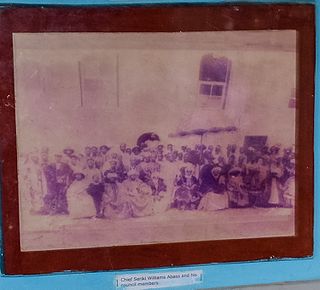
Chief Seriki Williams Abass was a renowned slave merchant in present-day southern Nigeria during the 19th century who became the "Paramount Ruler" of Badagry within the indirect rule structure established by the British.
James Robert "Jamie" Bruce Lockhart was a British diplomat, intelligence officer, author, and artist. The son of diplomat J. M. Bruce Lockhart and grandson of Scottish rugby international John Bruce Lockhart, he gained a modern languages degree from the University of Cambridge before beginning a career with the Foreign Office. However, this work was in fact a cover for his real work with the Secret Intelligence Service (MI6). In later years, Lockhart became a published author, with works including a biography of Hugh Clapperton and a book about life in an English preparatory school. He was the father of actor Dugald Bruce Lockhart.















